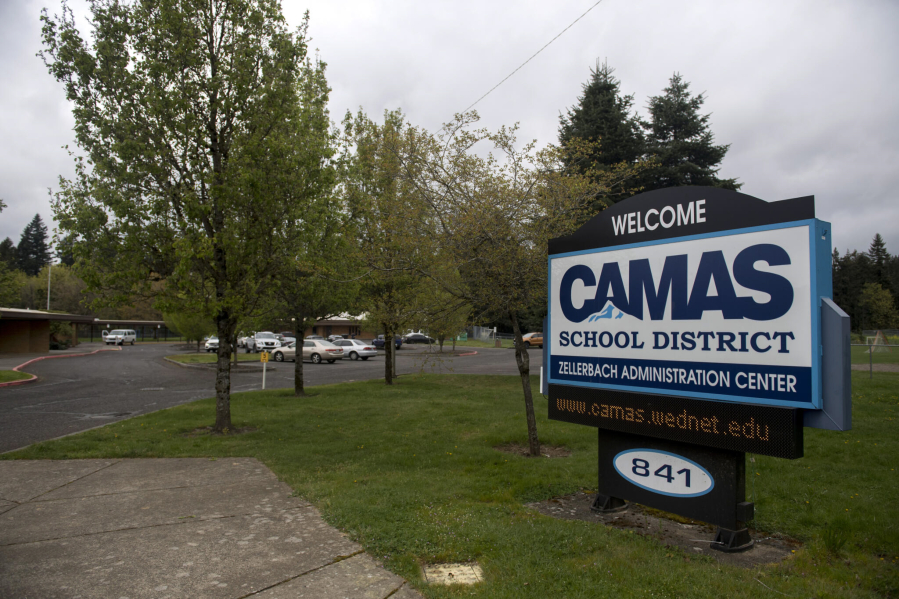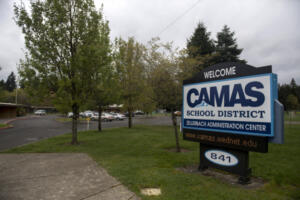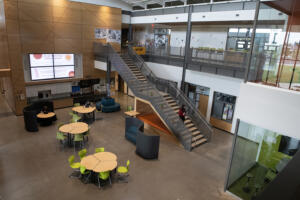The Camas School District has posted its proposed 2022-23 budget, as well as its projected budgets for the 2023-24, 2024-25 and 2025-26 school years, on the district’s website.
The Camas School Board will hold a public hearing and vote on the proposed 2022-23 budget at its board meeting on Monday, Aug. 22.





